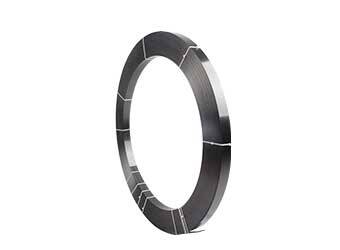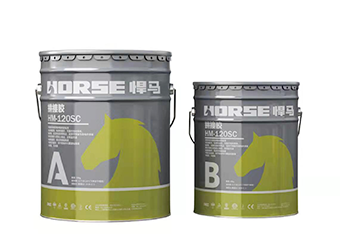Solutions
Horse Construction offers full range of structural strengthening materials with technical supports, documentation supports, products supports, project supports.
How To Determine The Service Life Of Building Structure Reinforcement Design?
According to preliminary statistics of relevant departments, the total number of existing buildings in my country (including urban housing construction, industrial buildings, etc.) has exceeded 50 billion square meters. According to estimates by some experts, about 30% to 50% of buildings have failed safety or entered a period of functional degradation. There are also statistics that show that about 2.5 billion square meters of buildings are in urgent need of identification and reinforcement. Whether it is the former or the latter, it shows the huge amount of reinforcement works.
However, under the current situation of such a heavy reinforcement project, failure cases of reinforcement engineering occur from time to time, especially in the service life of structural reinforcement design, it is difficult to correctly grasp. The design service life of building structures after reinforcement has become a major problem to be solved urgently in the current reinforcement industry.
According to the provisions of relevant regulations, it is suggested that grading treatment can be adopted in the actual project: namely emergency repair reinforcement, temporary reinforcement, short-term reinforcement and long-term reinforcement, and specify its design service life.
One
Repair and reinforcement
Some buildings are classified as dilapidated buildings due to local or overall problems, but they cannot be demolished and rebuilt because of their particularity, which is also called "death with reprieve". There are also some buildings that have been partially damaged due to natural disasters and explosions, which must be repaired and strengthened. Usually, the service life of the buildings after emergency repair and reinforcement is less than one year, and the buildings that are repaired and strengthened should be inspected at least once every three months to avoid accidents.
Two
Temporary reinforcement
For some temporary structures or existing buildings damaged by natural disasters, blasting, etc., the owner requires emergency reinforcement, and then takes corresponding measures after careful consideration. At this time, temporary reinforcement can be taken. Temporary reinforcement designs typically have a useful life of less than five years and must be inspected annually after reinforcement. In addition, when the design service life is reached, the safety of the building should be re-evaluated. If there is no abnormality, the service life can be extended.
Three
short-term reinforcement
Usually short-term reinforcement is suitable for buildings that have been in use for more than 30 years, and the building needs to change its use function, or the owner will consider demolition and reconstruction after short-term reinforcement, and the urban planning department requires short-term reinforcement. Usually the short-term reinforcement design has a service life of less than 25 years, which is exactly in line with the 25 years specified by the "uniform standard" for easily replaceable structural members.
The variable load value used in the short-term reinforcement design should not only be taken in accordance with the current "Load Code", but also be reduced according to the next target service period multiplied by a reduction factor less than 1.0.
Four
long-term reinforcement
Usually long-term reinforcement is suitable for the situation that the building has not been put into service for a long time or not more than 20 years, but the building needs to be strengthened and transformed due to other reasons. Long-term reinforcement design service life is usually set at 30-50 years. In addition, the reinforcement required for the construction in progress should be considered as a new construction, that is, 50 years, and the reinforcement design should comply with the relevant provisions of the "Concrete Reinforcement Specification".
When the owner and the designer agree on the service life of the reinforcement design, the former should patiently listen to the technical and economic analysis opinions of the latter. The latter should also respect the requirements of the use function and service life mentioned by the former. The two parties need to reach a consensus on the premise that the reinforced building is safe, applicable, economical and reasonable, technically reliable, and convenient for construction.
You can find anything here you are in need of, have a trust trying on these products, you will find the big difference after that.

High strength carbon fiber reinforced polymer(CFRP) plate for structural strengthening and concrete repair

Prestressed carbon fiber reinforced polymer(CFRP) strip for slab, beam strengthening to increase stiffness, reduce distortion and deflection of members, reduce the cracks, avoid and stop cracking.

HM-120SC Segmental Bridge Adhesive is a solvent free, two-component, high modulus, moisture-insensitive epoxy adhesive specifically developed for use as an adhesive for precast segmental bridge elements.